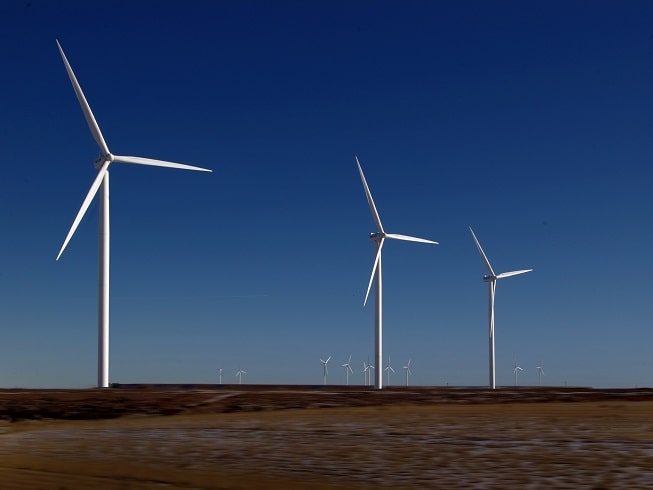Need Help?
Let our team of experts help you.Environmental R&D
Innovation and new approaches are essential to mitigating our impact on the environment, which makes research and development (R&D) an essential part of many companies’ sustainability efforts.
Technological advancements often come about as a result of efforts to improve efficiency and reduce our contribution to climate change. But these efforts can be costly, and the R&D tax credits scheme is designed to compensate companies that invest in innovation.
Energy, waste management and manufacturing firms have all benefited in some way from environmental R&D tax relief, with qualifying projects ranging from new irrigation solutions to the development of alternative power sources. As awareness of the need for more environmentally conscious approaches grows, so too will opportunities for investment in projects that are eligible for tax credits.
Examples of eligible activities
- Developing systems to meet new regulations
- Creating more efficient automated processes
- Improving the energy efficiency of systems
- Experiments with more sustainable materials
- Developing low-carbon fuel alternatives
- Redesigning processes to reduce emissions
Hydropower schemes are responsible for around a third of the UK’s renewable energy, but great care must be taken not to disrupt the environment around installations.
A consultancy was engaged to design a pass so eels could swim upstream, bypassing a hydropower station. The development of a bespoke solution overcame unique technical challenges and protected the wildlife.
A renewable energy power station performing a number of different functions and operating a wide range of systems was running on several separate control systems.
The plant wished to bring these together under a central building management system, but this required detailed research. Eventually a customised solution brought various functions together, including ventilation, fire dampers, energy meters and temperature sensors.
An environmental engineering company was tasked with finding a site for a new hydropower generation facility.
Traditional methods for evaluating suitability were not possible at the potential location it identified, so the company developed new techniques. It used drones and information gathered from satellites to perform a survey, successfully determining how dams could be positioned to maximise performance and minimise the impact on wildlife.

